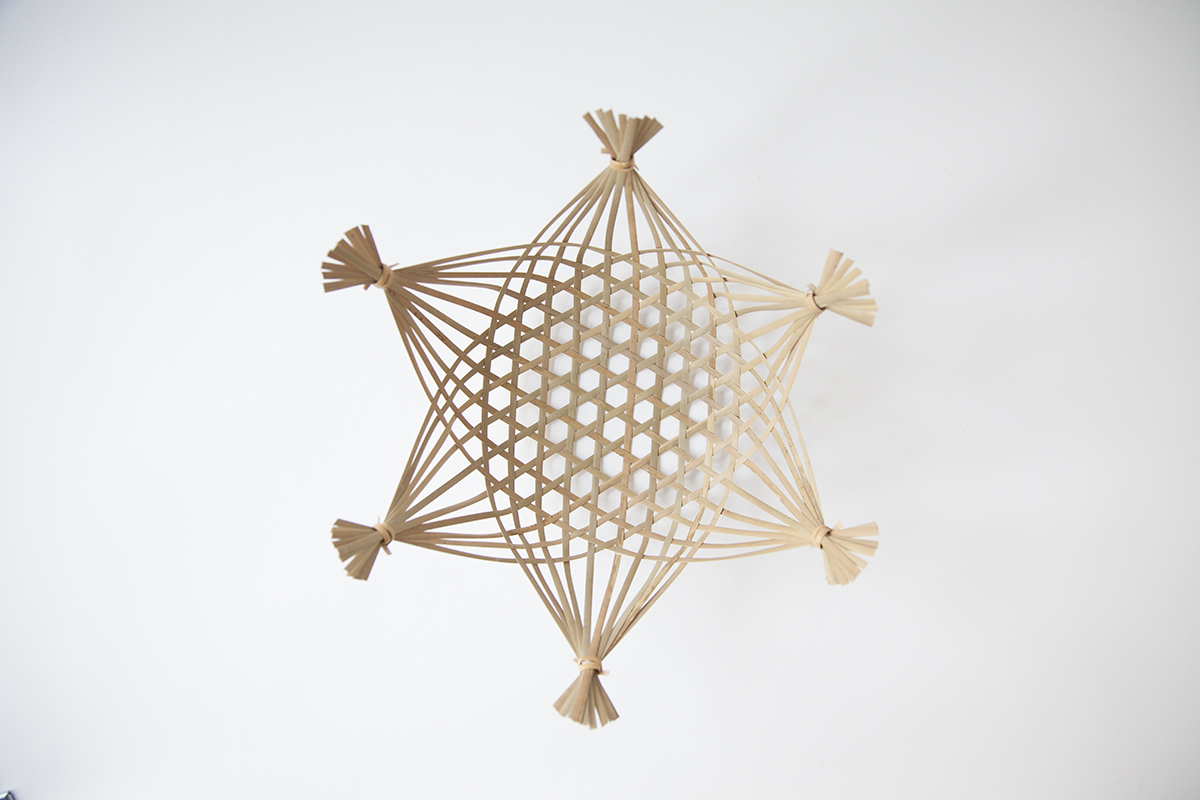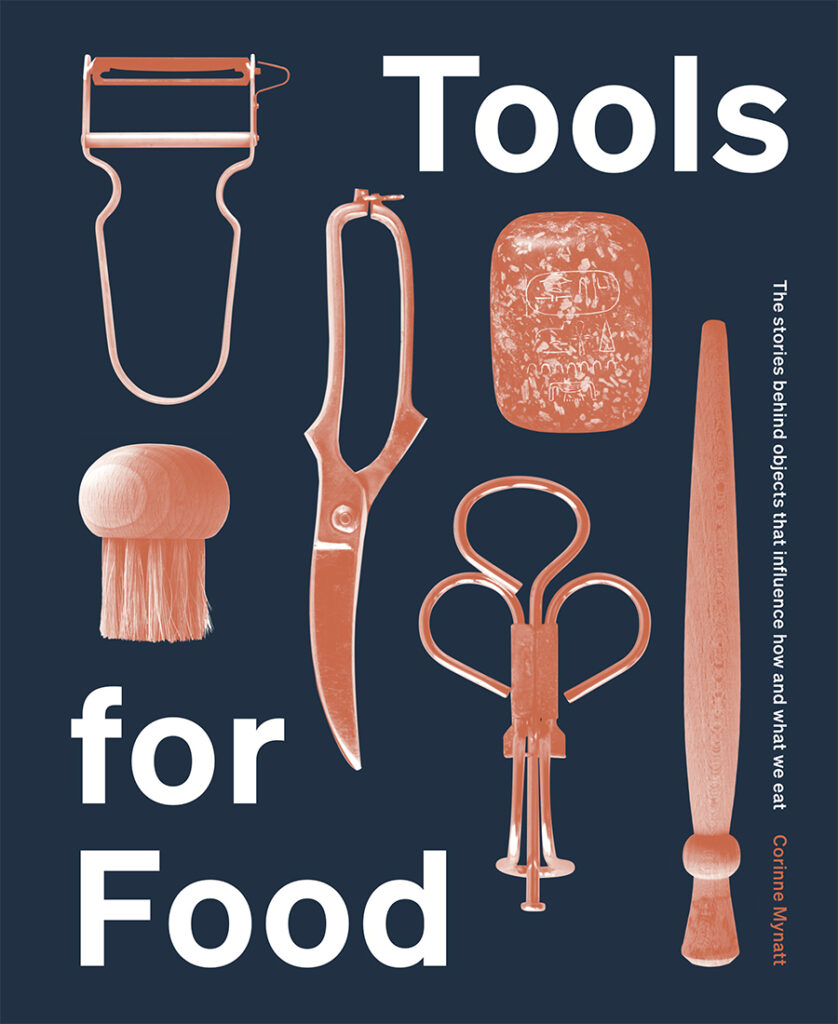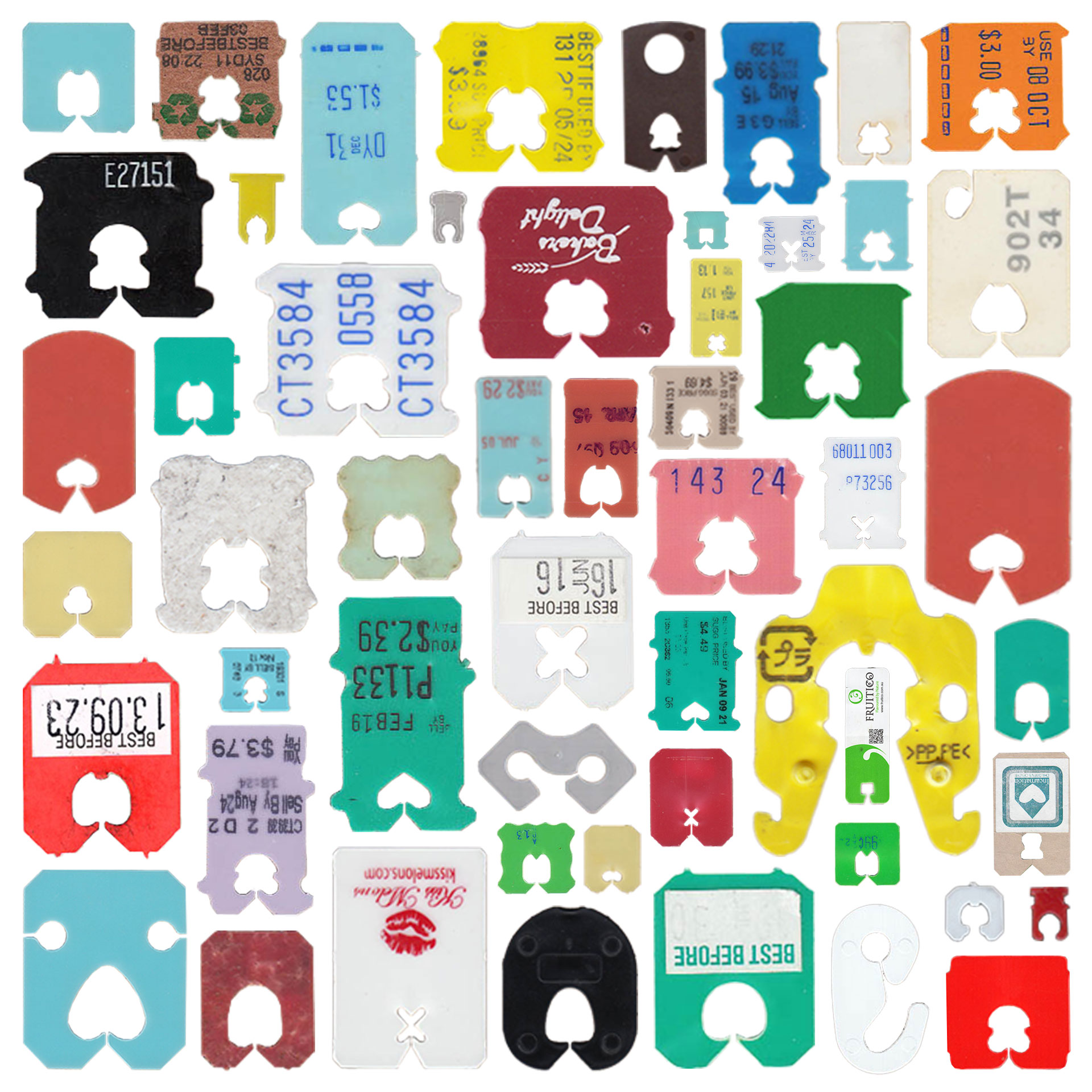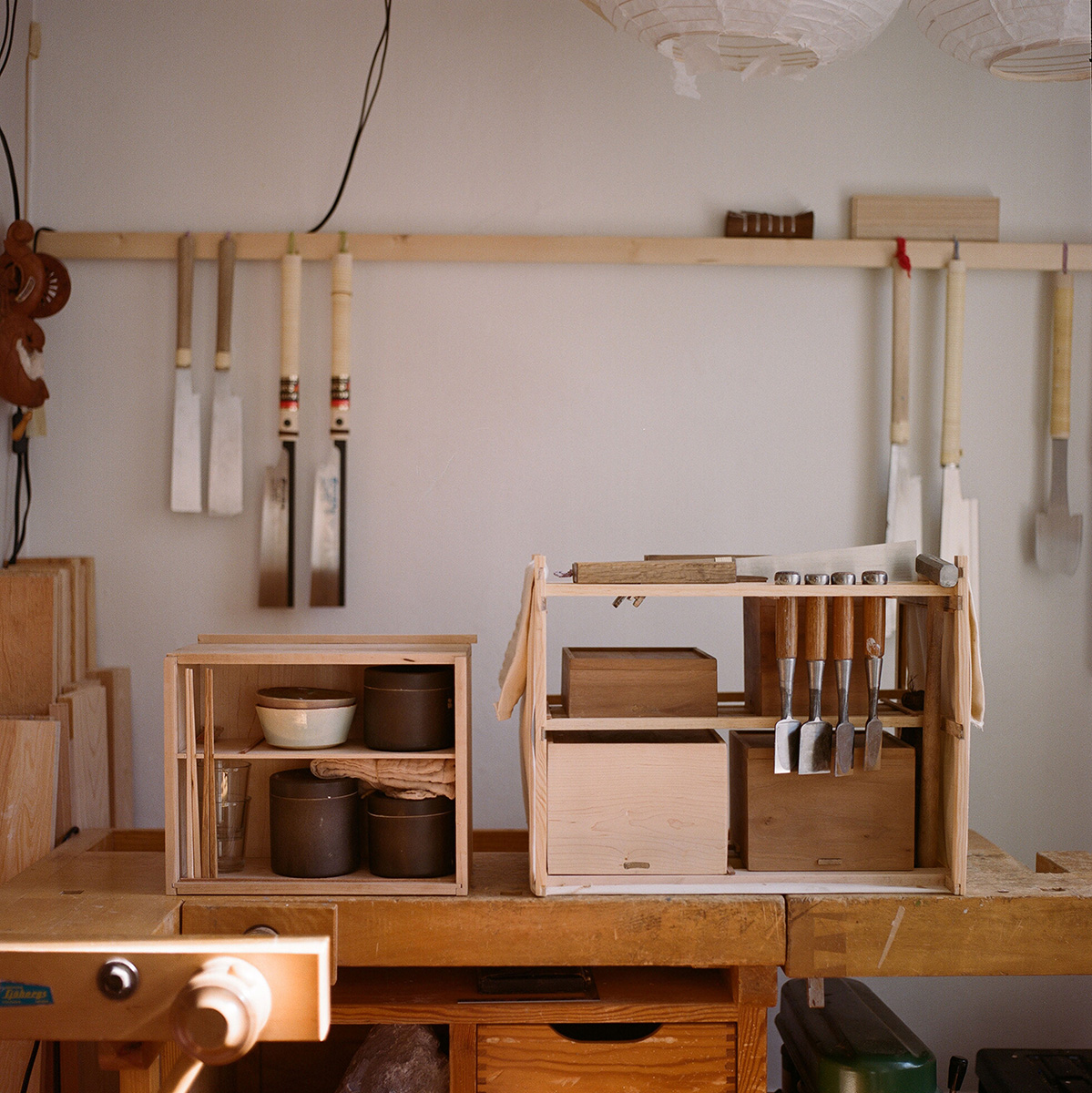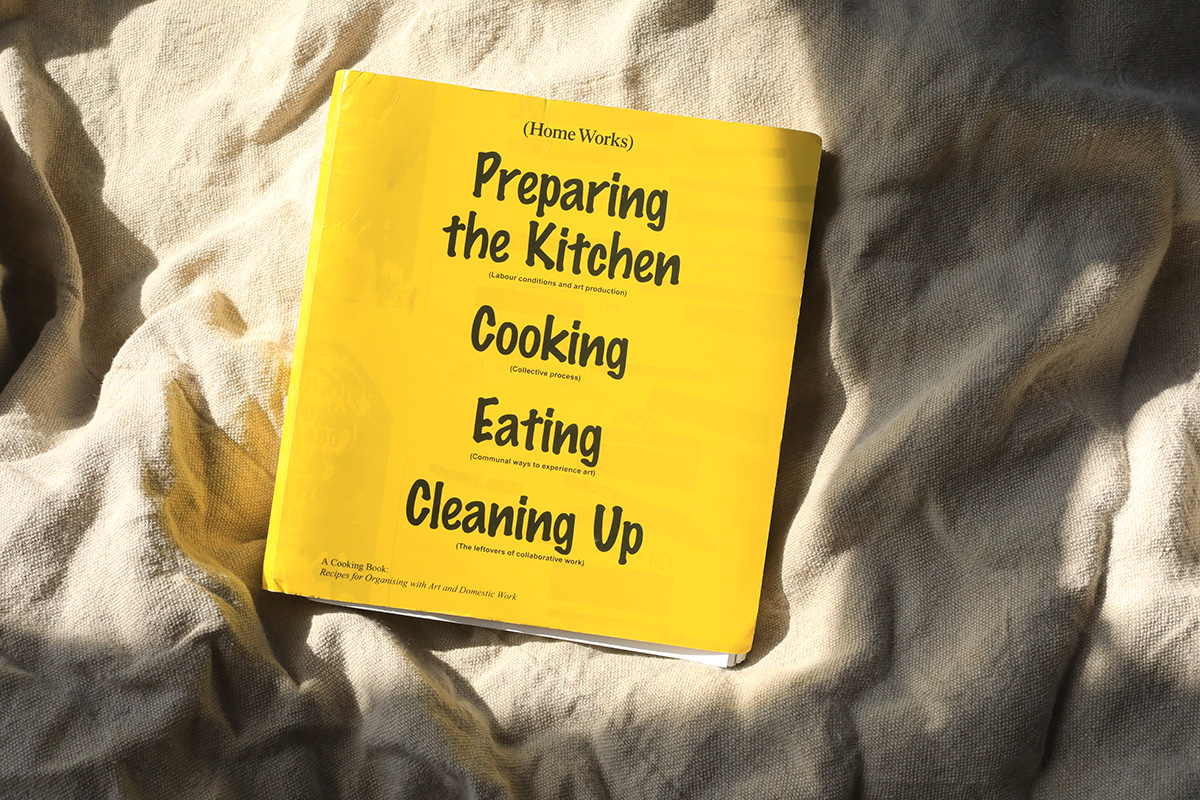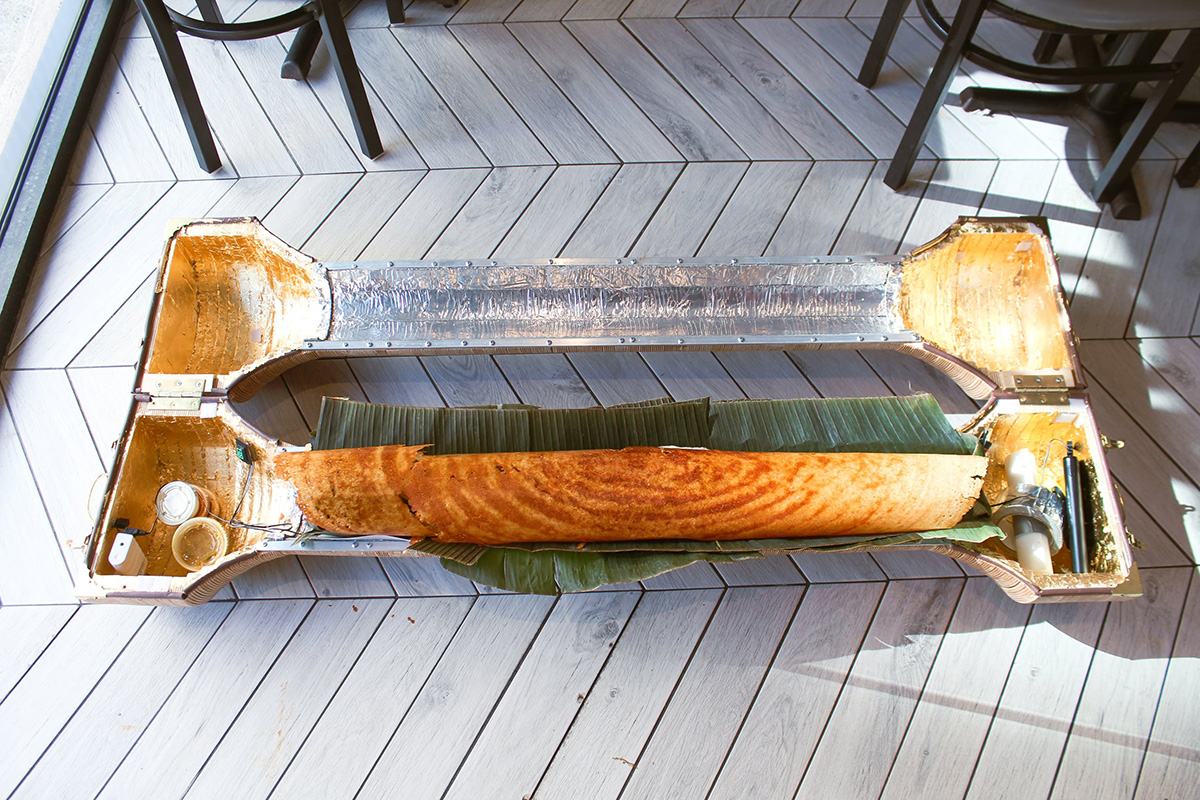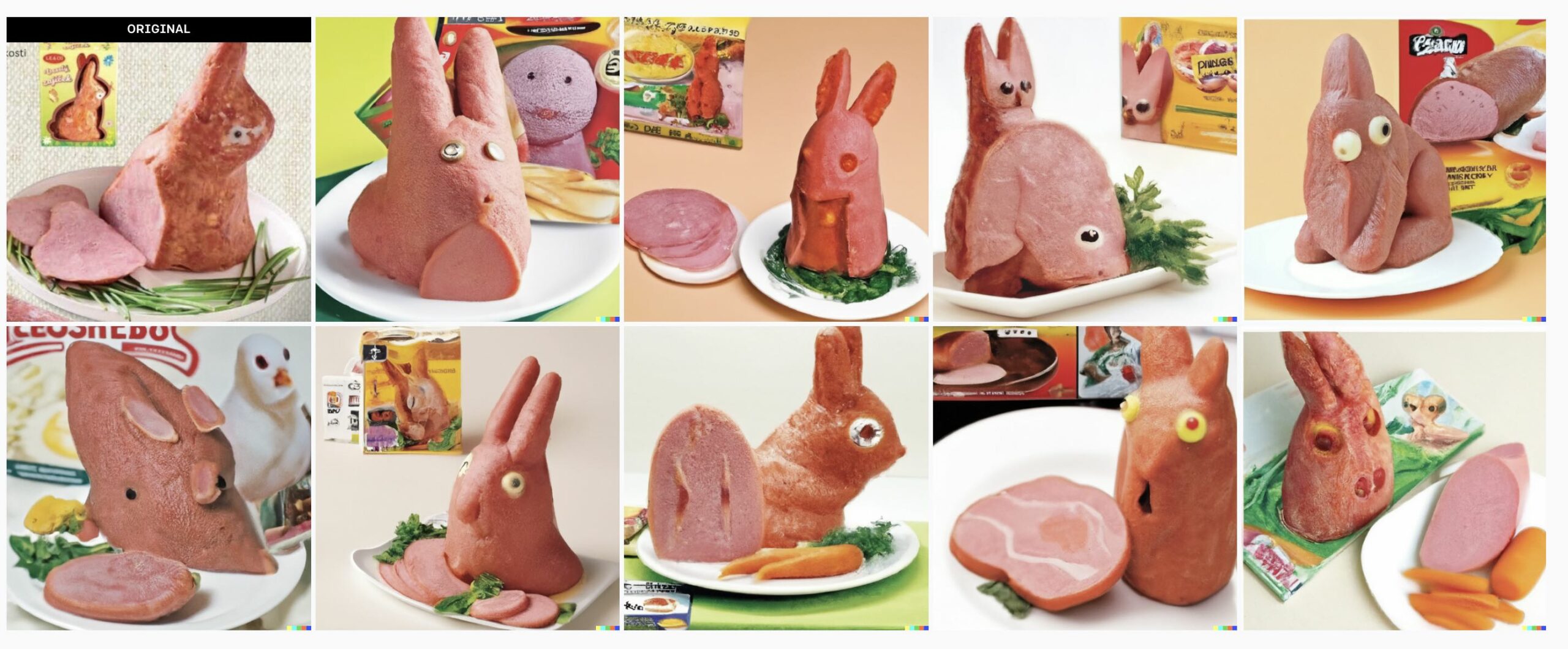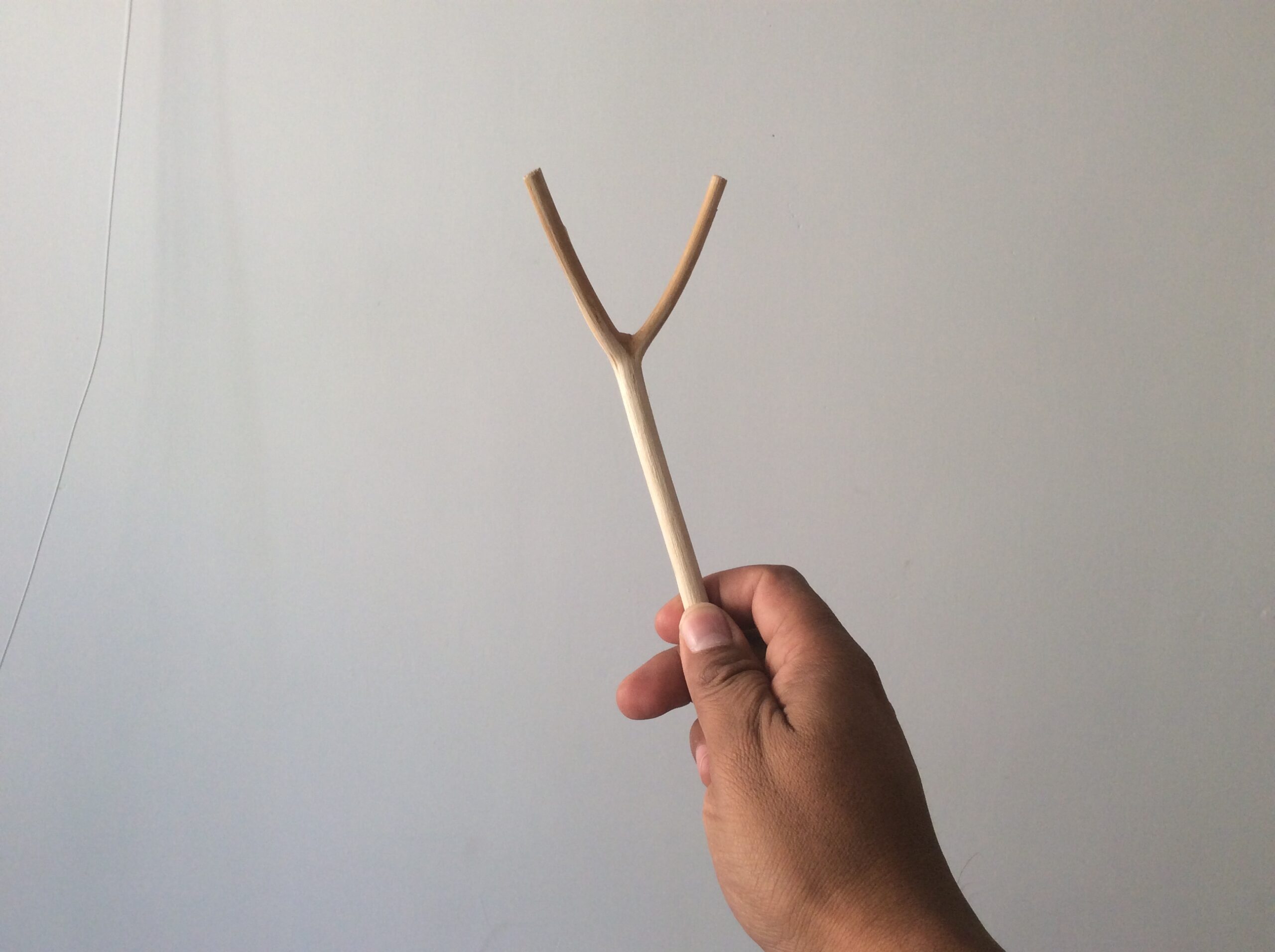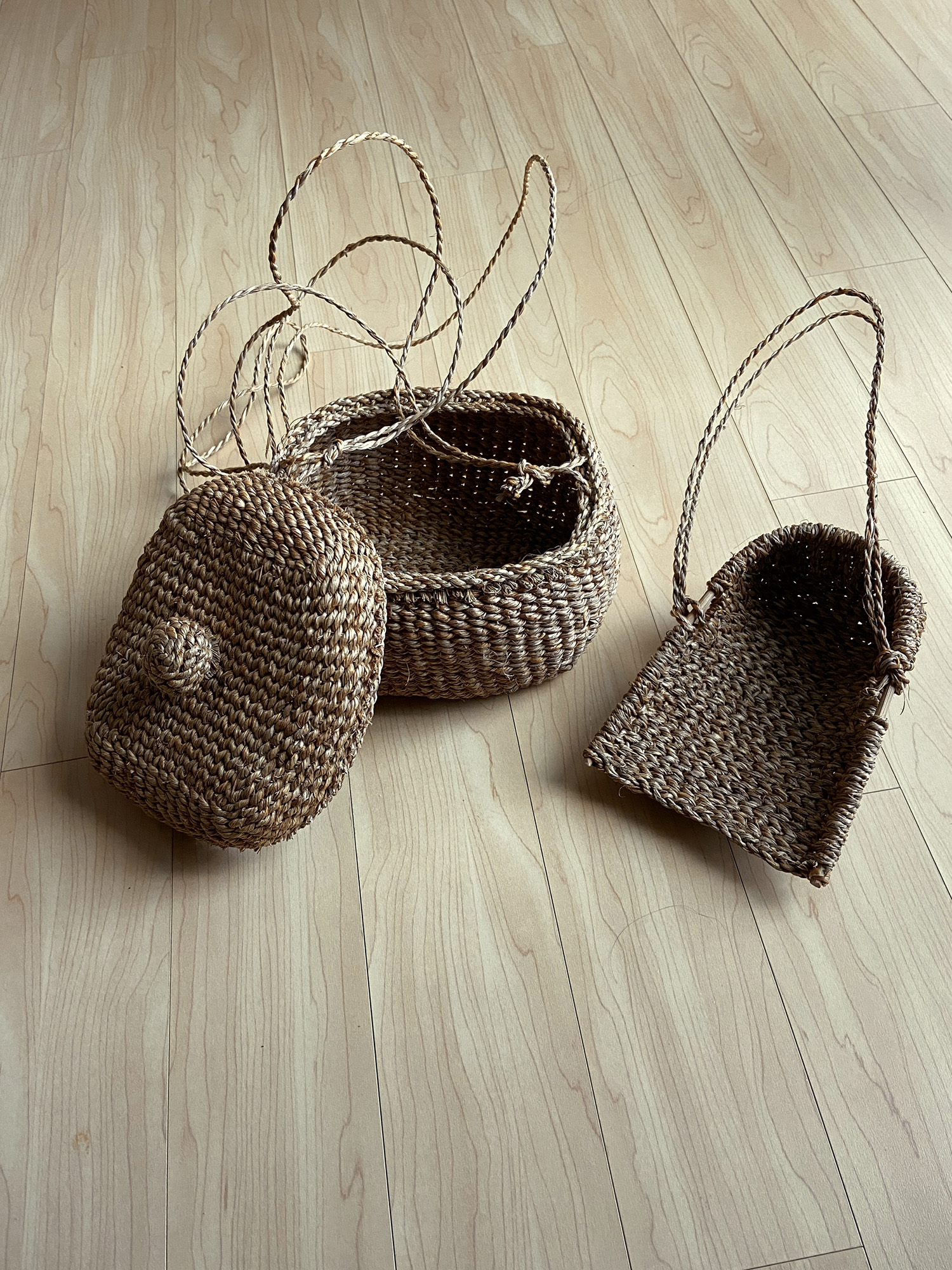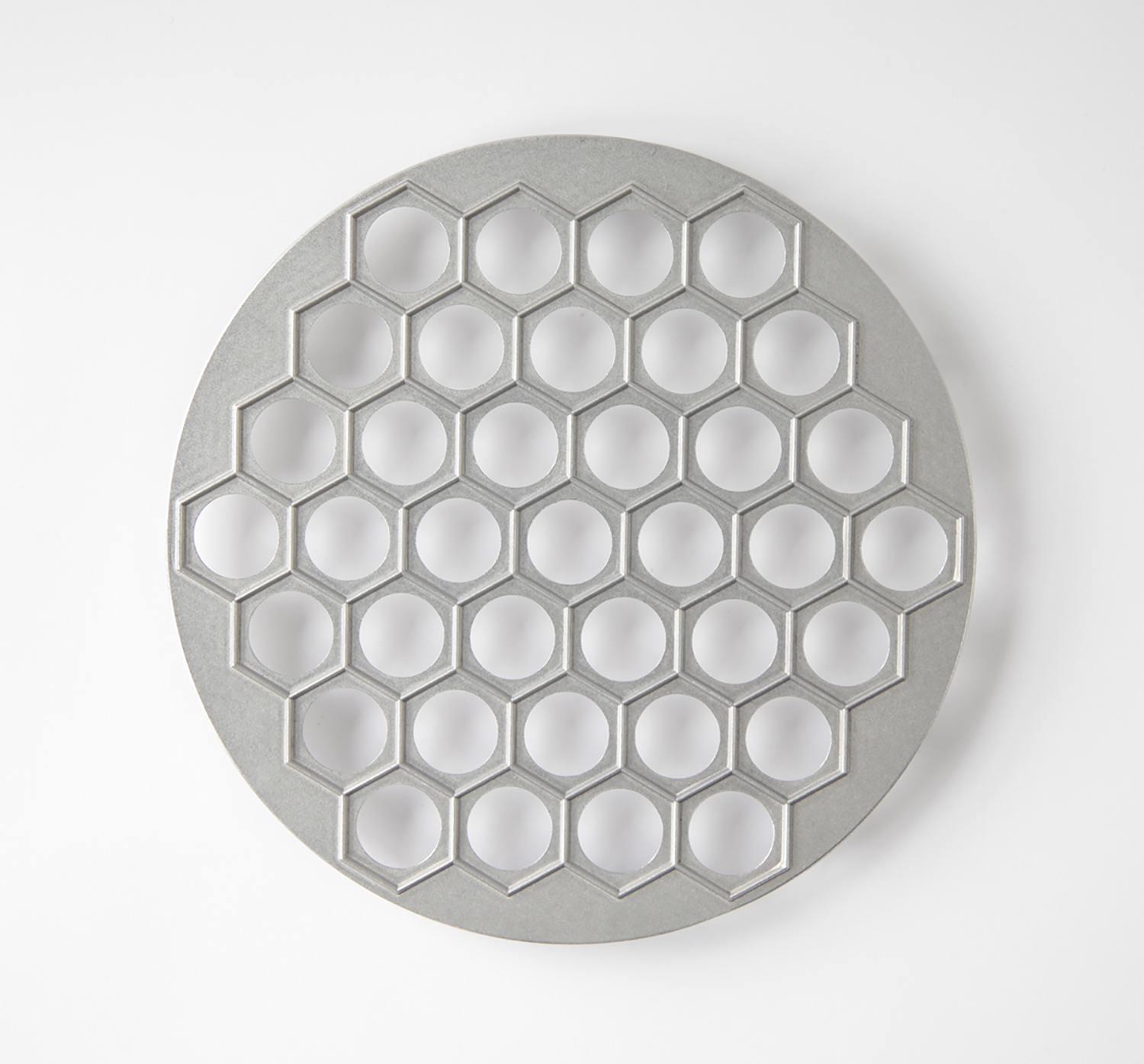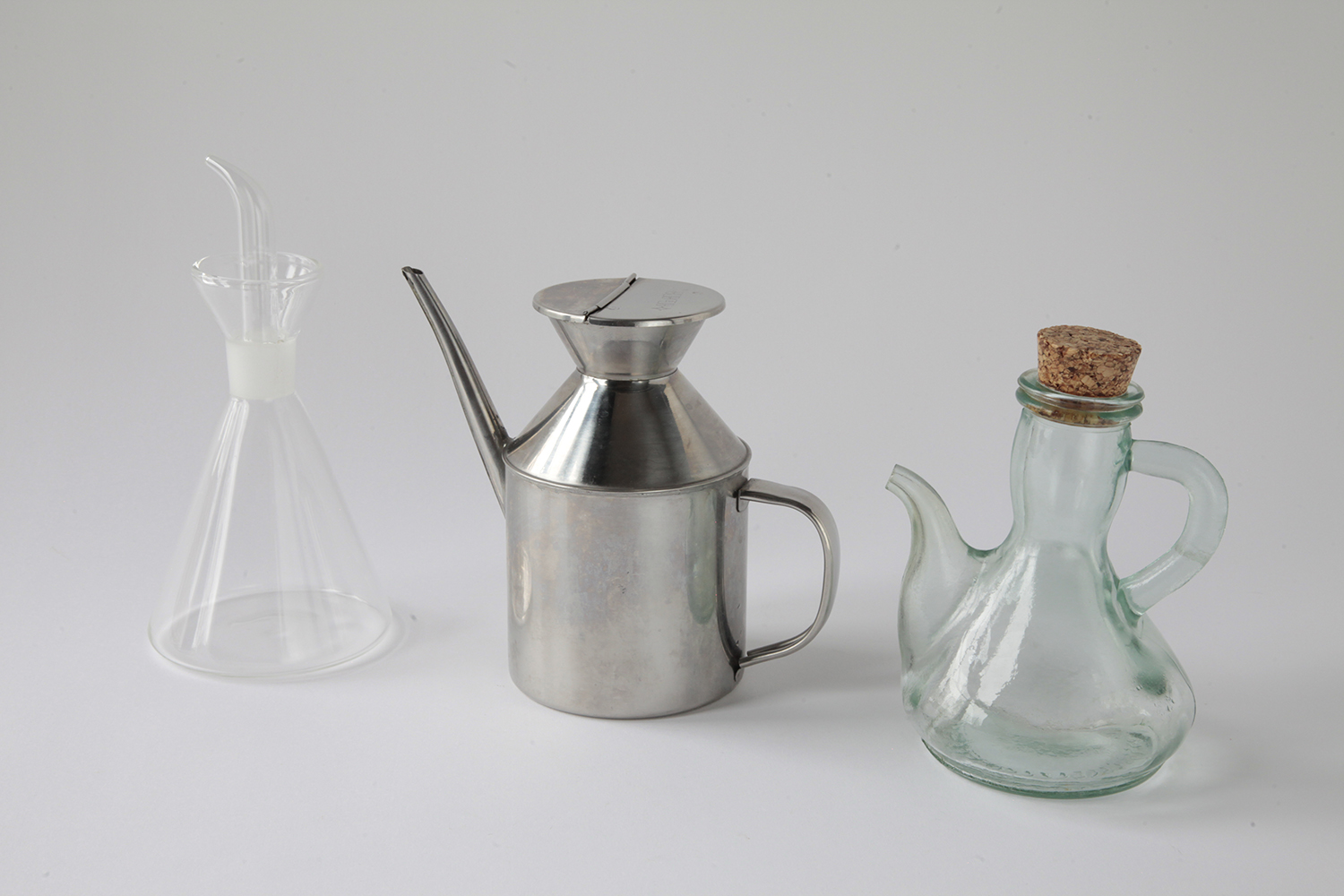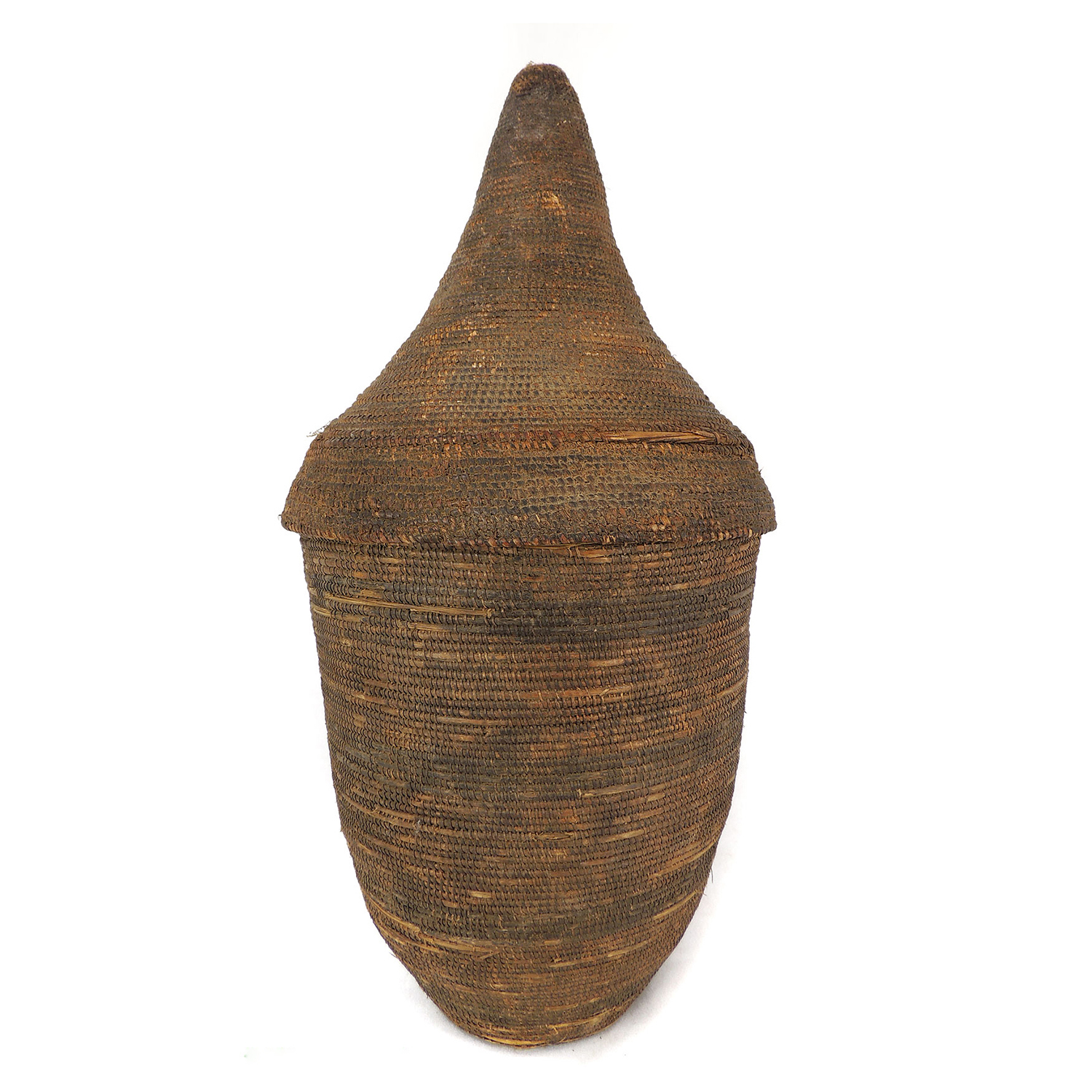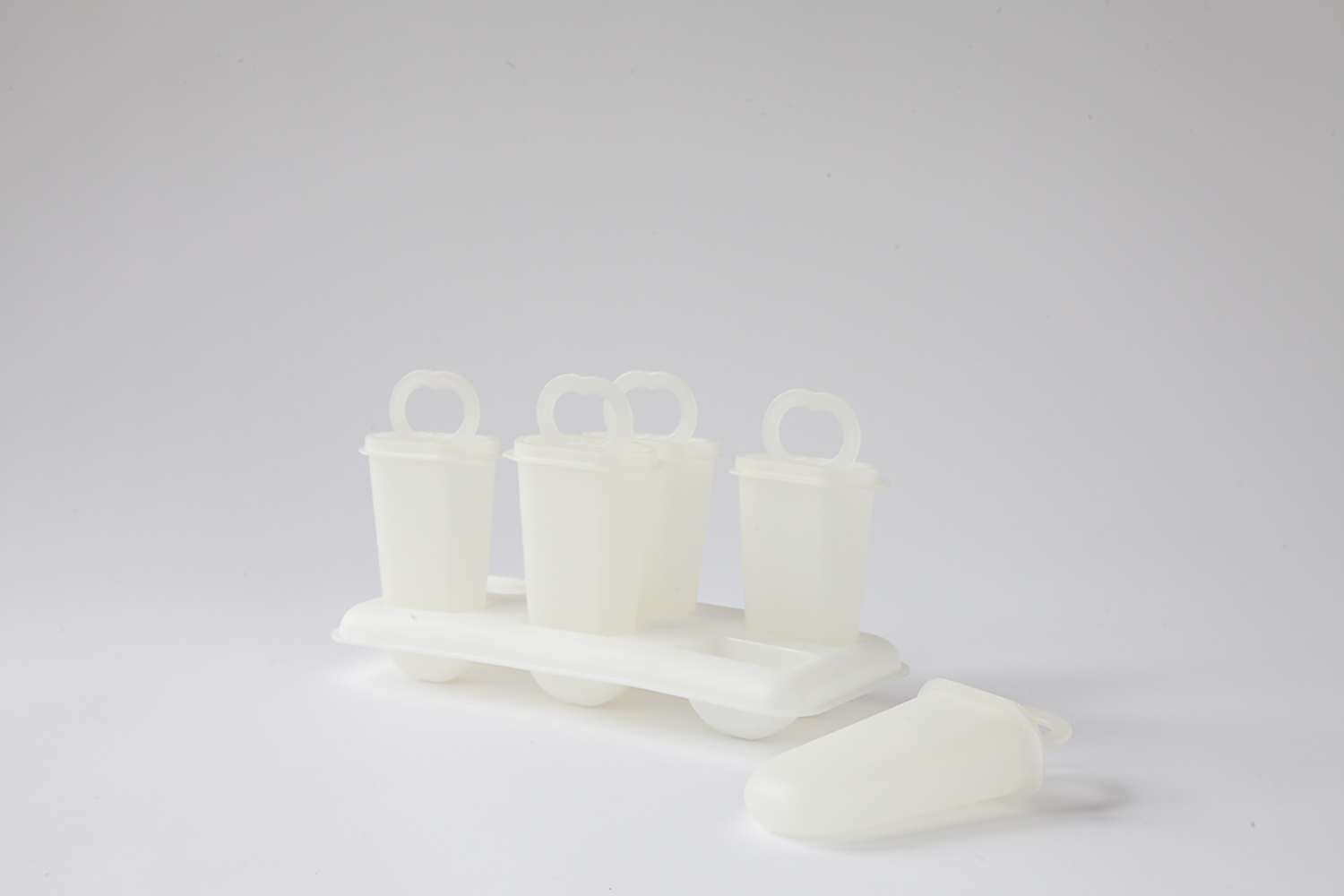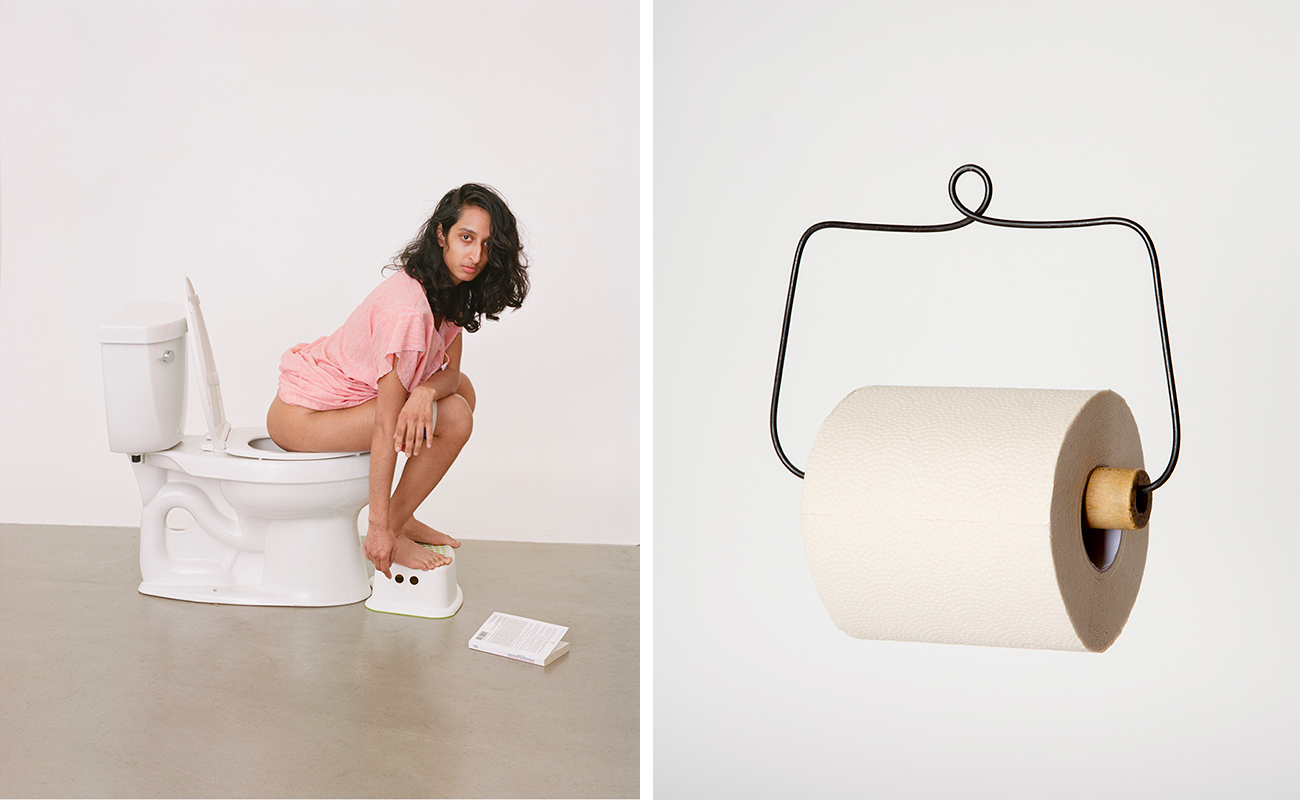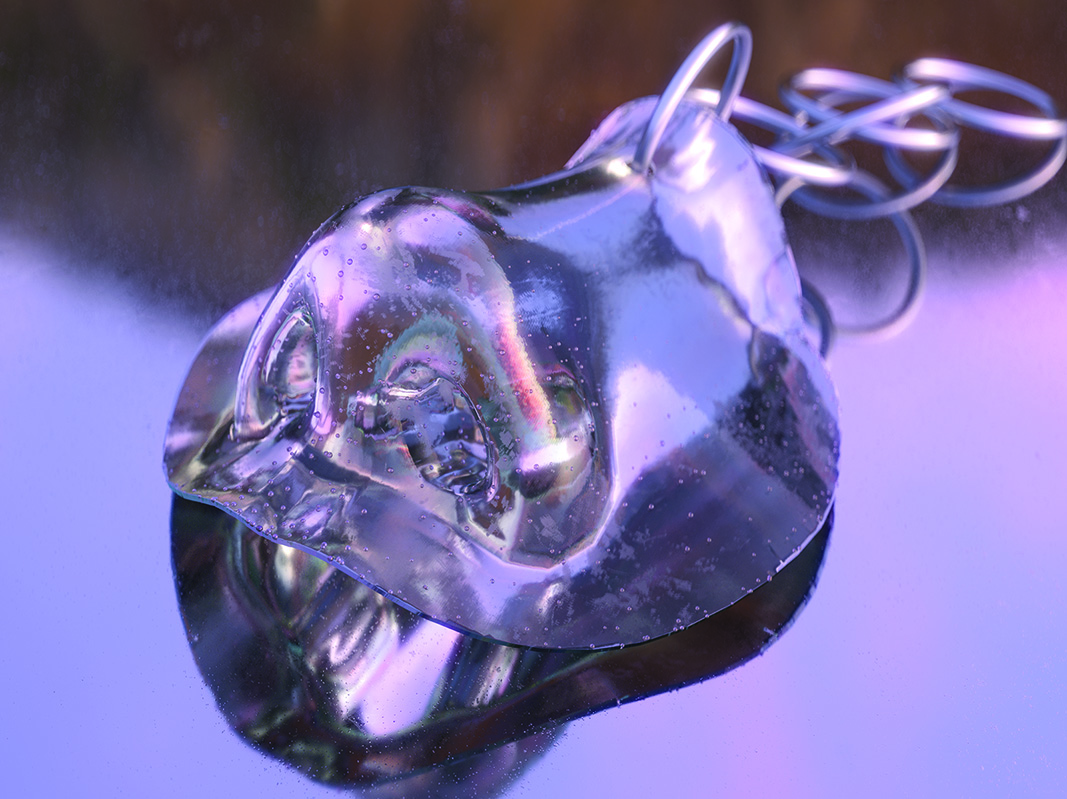This handcrafted bamboo shikizaru is as delicate in its construction as it is in its use.1 Woven by hand into a traditional and precise hexagonal pattern, the shikizaru only lasts about twenty uses. This netted construction is used to wash delicate foods or gently steam fish, avoiding small tears or breaks in the flesh when cooking. It is particularly suited for cooking sea bream or conger eel (anago), which is a popular dish in Japan. The care taken in preparing such foods is common in ryōtei restaurants for kaiseki meals comprised of multiple courses of carefully thought-out forms and the flavors of seasonal ingredients.
The use of this material and form in cooking was likely introduced by a bamboo weaver, who noticed their scrap piece of woven material could be very useful for this particular task. Bamboo weaving dates back to the Neolithic Period in China (around 10,000 BCE).
- 1. I was so excited when I came across this object in a book I found in the British Library, and even more excited when a Japanese friend brought back a bonafide shikizaru from Japan, to photograph for the book. It is so exquisite. It reminds of antique chairs with their woven seat bases. When I came across this object I couldn’t quite believe it. How is it so beautiful, so delicate, so functional all at the same time? How is such an object made with such care, for a life that only lasts around twenty uses? Why aren’t all things that have limited use made so beautifully and with sustainable materials? It’s so exquisite I haven’t brought myself to use it yet, but I look forward to it. -CM
Tools for Food (available 11/23 in the United States) tells the stories of design and culture behind kitchen implements from across the world, and how each and every one contributes to the way we eat, cook and live today. Pre-order your copy of the book from Book Larder (Seattle), Now Serving (Los Angeles), Kitchen Arts & Letters (NYC), or from a fine independent retailer new you.
